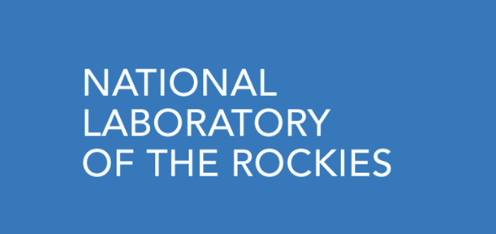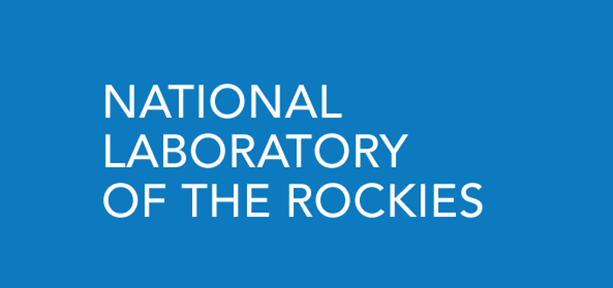Feedstock Production Emissions to Air Model (FPEAM)

Abstract:
The overall objectives of this project are to provide both critical analysis and analytical tools to inform R&D on biomass and biofuels that do not adversely impact air quality. To achieve these objectives, we will perform analysis across the supply chain as well as for specific elements of the biofuel supply chain. For example, this project will perform air quality analysis on specific biofuel design cases, individually, as well as for the whole biofuel supply chain (feedstock production, supply and logistics, and conversion to fuel). As part of these analyses, we aim to identify specific areas that merit increased emissions
control strategies, the impact of said strategies on performance, cost and ultimately the health impacts of air emissions attributed to biomass and biofuel supply chains. In terms of the tools developed through this project, we will continue to develop and refine the Feedstock Production Emissions to Air Model (FPEAM) to be the state-of-the-industry in terms computational approach data sourcing, and air quality model compatibility.
Model/Tool Platform:
Python
General Modeling Type:
Hybrid / other: Geospatial Engineering process
Primary analytical purpose:
Environmental:
Analysis of the environmental effects of bioenergy and bioproduct technologies or feedstocks.
Secondary analytical purpose:
Supply chain logistics:
Assessment of the implementation or design of supply chain logistics.
Metric categories:
- Environmental:
- Air Quality (non-GHG emissions)
- Socio-economic:
- Process Productivity (conversion-related, e.g., yield)
- Techno-economic Impact
Geospatial resolution:
County
Temporal resolution:
Hours
Laboratory:
NLR - National Laboratory of the Rockies
Principal investigator:
Daniel Inman
Model start year:
2015
Model last updated:
2020
Development status:
Fully Developed with periodic updates
Level of validation/review:
External Peer Review / Publicly Released
Links:
Model scope:
Biomass Supply
Feedstock Logistics
Conversion
Distribution
End Use
- Feedstock Types
- Starch
- Sugar Crops
- Oil Crops
- Fiber Crops
- Cover Crops and Hay
- Agricultural Residues
- Herbaceous Energy Crops
- Forest Residues
- Forest Resources
- Woody Energy Crops
- Solid Wastes (e.g., MSW, C&D, yard trimmings)
- Conversion Technology
- Starch to Sugars
- Lignocellulosic Biomass to Sugars
- Lignocellulosic Biomass to Gaseous Intermediate
- Lignocellulosic Biomass to Biocrude Intermediate (TC)
- Waste to Biocrude Intermediates (HTL)
- Biomass-Based Oil Extraction
- Sugar Biological Upgrading
- Syngas Biological Upgrading
- Alcohol Catalytic (e.g., ethanol or isobutanol to jet)
- Products/Process Outputs
- Transportation Fuels - Ethanol
- Transportation Fuels - Renewable Diesel
- Transportation Fuels - Renewable Gasoline
- Transportation Market Segment
- Light Duty Vehicles
1
2
3
4
Analytical Purpose
Supply Chain Elements
Biomass Supply
Feedstock Logistics
Conversion
Distribution
End Use
Information last updated: Sep. 17, 2019 13:45:46 EDT
